Home>Storage & Organization>Kitchen Organizing Tools>How To Organize A Small Fridge
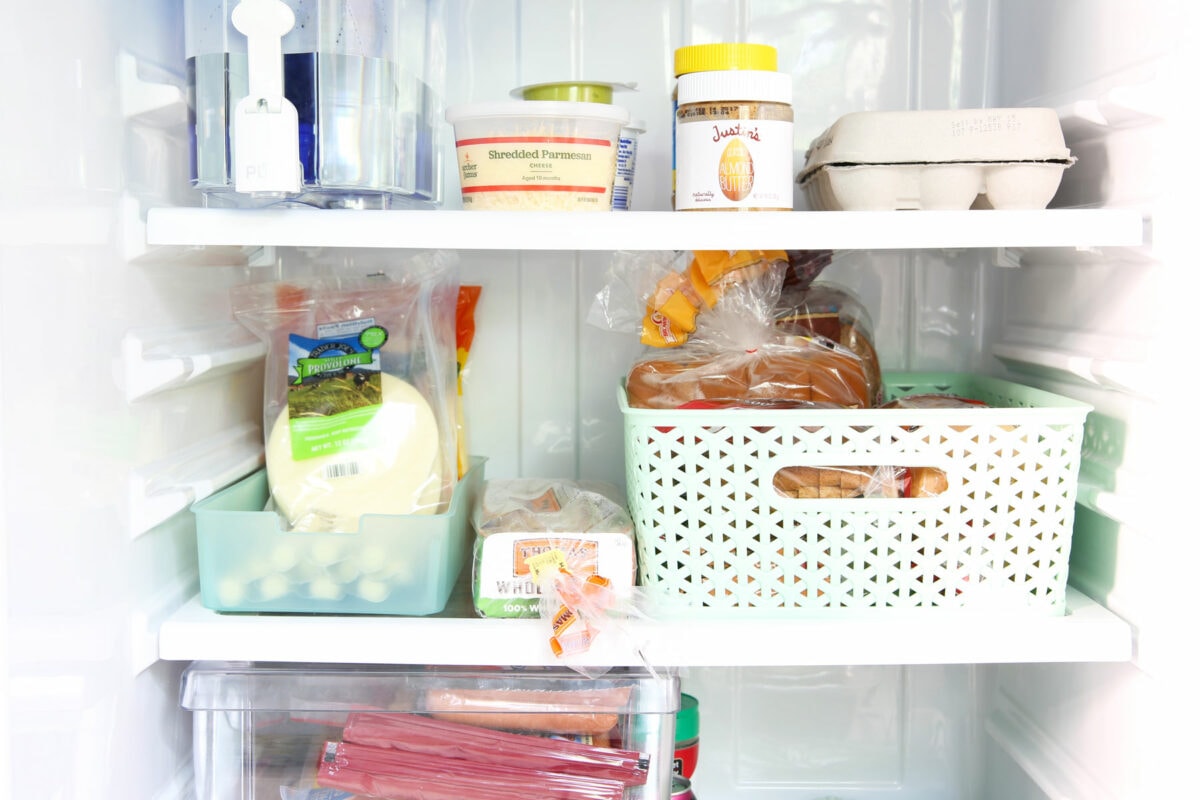

Kitchen Organizing Tools
How To Organize A Small Fridge
Published: March 3, 2024
Learn how to efficiently organize a small fridge with the best kitchen organizing tools. Maximize space and keep everything in its place. Start decluttering today!
(Many of the links in this article redirect to a specific reviewed product. Your purchase of these products through affiliate links helps to generate commission for Storables.com, at no extra cost. Learn more)
Introduction
Organizing a small fridge can be a challenging task, especially when you're dealing with limited space. However, with the right strategies and storage solutions, you can make the most out of your compact refrigerator. In this article, we will explore practical tips and techniques to help you optimize the space in your small fridge, keeping your food items neatly arranged and easily accessible. Whether you're a college student, living in a small apartment, or simply looking to declutter your refrigerator, these tips will help you create an efficient and organized fridge space.
Key Takeaways:
- Make the most of your small fridge by categorizing items, utilizing storage solutions, and maximizing door space. Keep it clean and organized for a convenient and efficient food storage experience.
- Assess your small fridge space, categorize items, and use stackable bins, drawer organizers, and lazy susans to optimize organization. Regularly clean and maintain your fridge for freshness and efficiency.
Read more: How To Organize A Fridge With Bins
Assessing Your Fridge Space
Before diving into the organization process, it's essential to assess the available space in your small fridge. Start by removing all items from the refrigerator and take note of the different compartments such as shelves, drawers, and door storage. Measure the dimensions of each area to have a clear understanding of the space you're working with. This step will help you determine the best storage solutions and organization techniques that will fit within the confines of your small fridge. Additionally, consider any adjustable shelves or drawers that can be repositioned to accommodate taller or bulkier items. Understanding the layout of your fridge is crucial for efficient organization.
Next, evaluate the temperature zones within your fridge. Different areas may have varying temperatures, with the back and bottom being cooler than the front and top. This knowledge will guide you in placing items that require specific temperature conditions, such as dairy and meats, in the most suitable areas. By assessing your fridge space thoroughly, you can plan a customized organization strategy that maximizes every inch of available room while keeping your food items in optimal conditions.
After assessing the space and temperature zones, take note of any areas that tend to accumulate frost or condensation. This information will help you avoid placing sensitive items in these areas, preventing them from being damaged by moisture. Additionally, check for any damaged or malfunctioning parts, such as broken shelves or drawers, and consider replacing or repairing them to optimize the functionality of your small fridge.
Categorizing Your Items
When it comes to organizing a small fridge, categorizing your items is a fundamental step in creating an efficient and accessible storage system. By grouping similar items together, you can streamline the organization process and easily locate specific food items when needed. Here are some effective ways to categorize your fridge items:
1. Grouping by Food Type
Separate your food items into categories such as dairy, meats, fruits, vegetables, condiments, beverages, and leftovers. This approach not only helps in locating items quickly but also prevents cross-contamination and spoilage. Place dairy products like milk, cheese, and yogurt together, while keeping raw meats and seafood in designated drawers or on the bottom shelf to prevent any potential drips from contaminating other items.
2. Organizing by Frequency of Use
Consider the frequency with which you use certain items and arrange them accordingly. Items that are used daily, such as milk or eggs, should be placed at eye level for easy access. Less frequently used items, like specialty condiments or beverages, can be stored on higher or lower shelves to optimize space.
Read more: How To Organize Sauces In Fridge
3. Utilizing Storage Containers
Use clear storage containers or bins to further categorize and contain items. These containers can hold similar items together, making it easier to pull out a specific category without disrupting the rest of the fridge. For example, designate a container for fruits, another for vegetables, and one for deli meats and cheeses.
4. Labeling and Dating
Consider labeling your containers or shelves to indicate the contents and date of storage. This practice not only helps in identifying items at a glance but also prevents food wastage by keeping track of expiration dates and leftovers.
By categorizing your items effectively, you can create a well-organized small fridge that maximizes space and ensures that your food stays fresh and easily accessible.
Utilizing Storage Solutions
When it comes to organizing a small fridge, making the most of storage solutions is crucial for maximizing space and keeping your items neatly arranged. Here are some effective storage solutions to optimize the organization of your compact refrigerator:
-
Stackable Storage Bins: Invest in stackable storage bins or containers that are specifically designed to fit the dimensions of a small fridge. These bins allow you to utilize vertical space efficiently, creating multiple layers for different food categories. For example, you can use stackable bins to store fruits and vegetables separately, maximizing the available space while keeping your produce fresh and easily accessible.
-
Drawer Organizers: Utilize drawer organizers to compartmentalize the space within your fridge drawers. These organizers are ideal for storing small items such as individual yogurts, cheese slices, or deli meats. By using drawer organizers, you can prevent items from getting lost or buried in the depths of your fridge drawers, making it easier to locate and retrieve specific items.
-
Egg Holders: If your small fridge doesn't have built-in egg storage, consider using an egg holder to keep your eggs organized and secure. Egg holders are designed to fit neatly on a fridge shelf, providing a designated space for your eggs and preventing them from rolling around and potentially getting damaged.
-
Bottle and Can Organizers: For beverages such as soda cans, water bottles, or condiment jars, utilize specialized organizers that can be placed on fridge shelves or in the door compartments. These organizers keep your beverages and condiments neatly arranged, preventing them from cluttering the limited shelf space and making it easier to grab a cold drink or a desired condiment.
-
Lazy Susans: Lazy Susans are rotating trays that can be placed on fridge shelves, allowing you to access items from all angles without having to move other items around. They are particularly useful for storing jars, sauces, or small containers, as they provide easy access to items that would otherwise be challenging to reach in a crowded fridge.
By incorporating these storage solutions into your small fridge organization, you can make the most of the available space while keeping your food items neatly organized and easily accessible. These solutions not only optimize the storage capacity of your fridge but also contribute to a more efficient and convenient food storage system.
Maximizing Door Space
When it comes to organizing a small fridge, maximizing the door space is a strategic way to create additional storage for commonly used items. The door of a refrigerator typically features shelves or bins that are ideal for storing condiments, beverages, and other small items. Here are some effective tips for maximizing the door space in your small fridge:
-
Utilize Adjustable Bins: Many small fridges come with adjustable door bins that can be repositioned to accommodate different-sized items. Take advantage of these adjustable bins to create customized storage for your condiments, salad dressings, and other small bottles. By adjusting the height of the bins, you can create space for taller items while ensuring that smaller items are not lost in the back of the shelf.
-
Consider Magnetic Storage: Magnetic storage containers or racks can be attached to the interior of the fridge door, providing additional space for items such as spices, small jars, or even lightweight condiment bottles. These magnetic storage solutions help in utilizing the vertical space on the door, keeping frequently used items within easy reach.
-
Opt for Slim Containers: When organizing the door shelves, opt for slim and compact containers that can efficiently utilize the limited depth of the door space. Slim containers are ideal for storing items like butter, small jars, or individual servings of yogurt, maximizing the use of the door shelves without overcrowding them.
-
Prioritize Frequently Used Items: Arrange the door shelves based on the frequency of use. Items that are accessed regularly, such as milk, juice, or commonly used condiments, should be placed on the door for easy access. This prevents the need to open the main fridge compartment for these everyday items, reducing the loss of cool air and maintaining the overall temperature inside the fridge.
-
Avoid Overcrowding: While it's important to maximize the door space, it's equally crucial to avoid overcrowding the shelves. Overcrowding can lead to difficulty in accessing items and may even strain the door hinges over time. Ensure that the door shelves are organized in a way that allows items to be easily retrieved without causing items to topple over or get stuck.
By implementing these strategies, you can effectively maximize the door space in your small fridge, creating additional storage for commonly used items while maintaining an organized and accessible refrigerator interior. Efficient use of the door space not only optimizes the storage capacity of your small fridge but also contributes to a more convenient and user-friendly organization system.
Read more: How To Organize Produce In Fridge
Maintaining and Cleaning Your Fridge
Maintaining a clean and well-organized fridge is essential for preserving the quality and freshness of your food items. Regular cleaning and maintenance not only contribute to a hygienic environment but also ensure that your small fridge operates efficiently. Here are some detailed steps to effectively maintain and clean your fridge:
1. Regular Inspection and Discarding
Regularly inspect the contents of your fridge to identify any expired or spoiled items. Discard any food that shows signs of spoilage or has passed its expiration date. This practice not only prevents the spread of odors and bacteria but also creates space for fresh, new items.
2. Thorough Cleaning
Remove all items from the fridge and dismantle any removable shelves, drawers, and bins. Wash these components with warm, soapy water, and rinse them thoroughly. Use a mixture of water and mild dish soap to wipe down the interior surfaces of the fridge, including the walls, shelves, and door gaskets. Pay special attention to any spills or stains, ensuring that they are completely cleaned to prevent the buildup of bacteria and odors.
3. Defrosting (If Applicable)
If your small fridge has a freezer compartment that accumulates frost, it's important to defrost it regularly. Turn off the fridge, remove all items from the freezer, and allow the ice to melt naturally. Use a towel to soak up any excess water and wipe down the interior of the freezer. Once the freezer is completely dry, turn the fridge back on and return the items to the freezer.
Read more: How To Organize Small Appliances
4. Odor Control
To keep your fridge smelling fresh, consider using natural odor absorbers such as baking soda or activated charcoal. Place an open box of baking soda or a small container of activated charcoal in the fridge to absorb any lingering odors and maintain a neutral scent.
5. Temperature Monitoring
Regularly check the temperature settings of your small fridge to ensure that it is maintaining the optimal temperature for food storage. Use a refrigerator thermometer to monitor the temperature and make any necessary adjustments to keep your food items safe and fresh.
6. Organizational Maintenance
After cleaning the fridge, take the opportunity to reorganize the contents and ensure that items are properly categorized and stored. Consider any changes in food quantities or expiration dates and adjust the organization accordingly.
By following these detailed steps for maintaining and cleaning your small fridge, you can ensure that your food items remain fresh, your fridge operates efficiently, and your overall storage system stays organized and hygienic. Regular maintenance and cleaning not only extend the lifespan of your fridge but also contribute to a healthy and enjoyable food storage experience.
Frequently Asked Questions about How To Organize A Small Fridge
Was this page helpful?
At Storables.com, we guarantee accurate and reliable information. Our content, validated by Expert Board Contributors, is crafted following stringent Editorial Policies. We're committed to providing you with well-researched, expert-backed insights for all your informational needs.
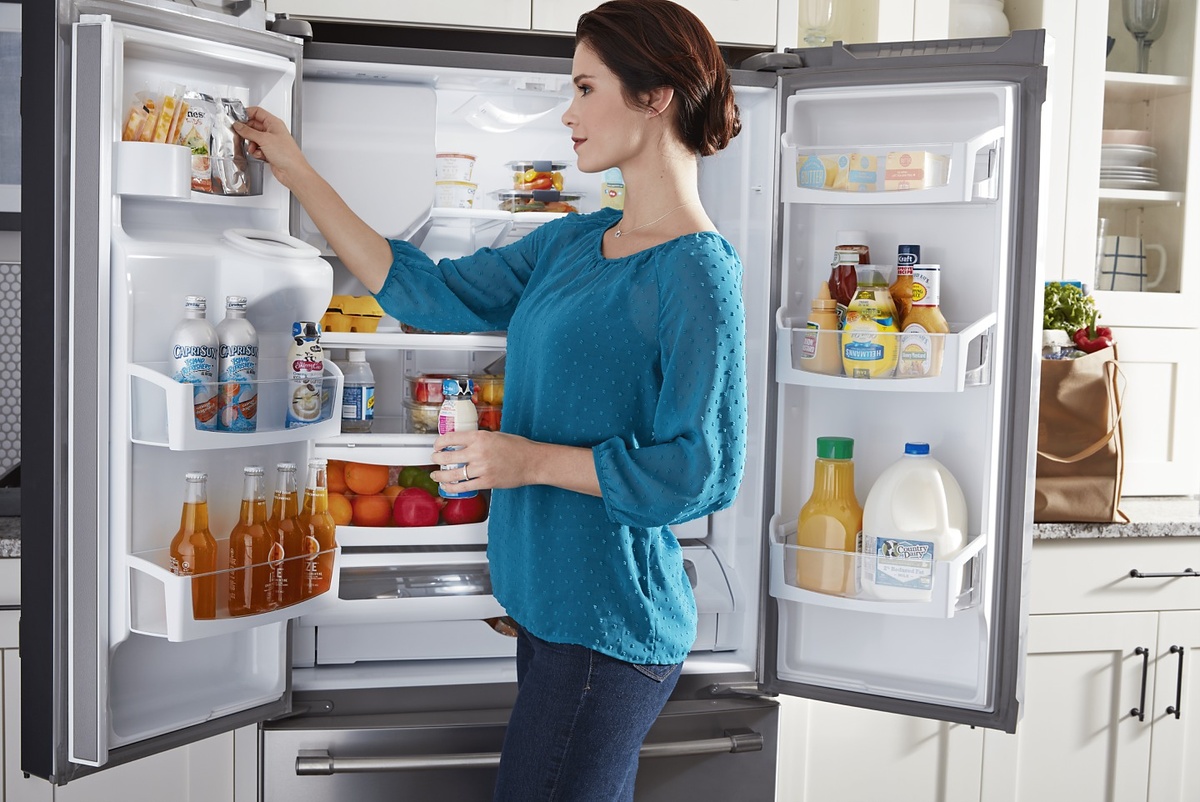


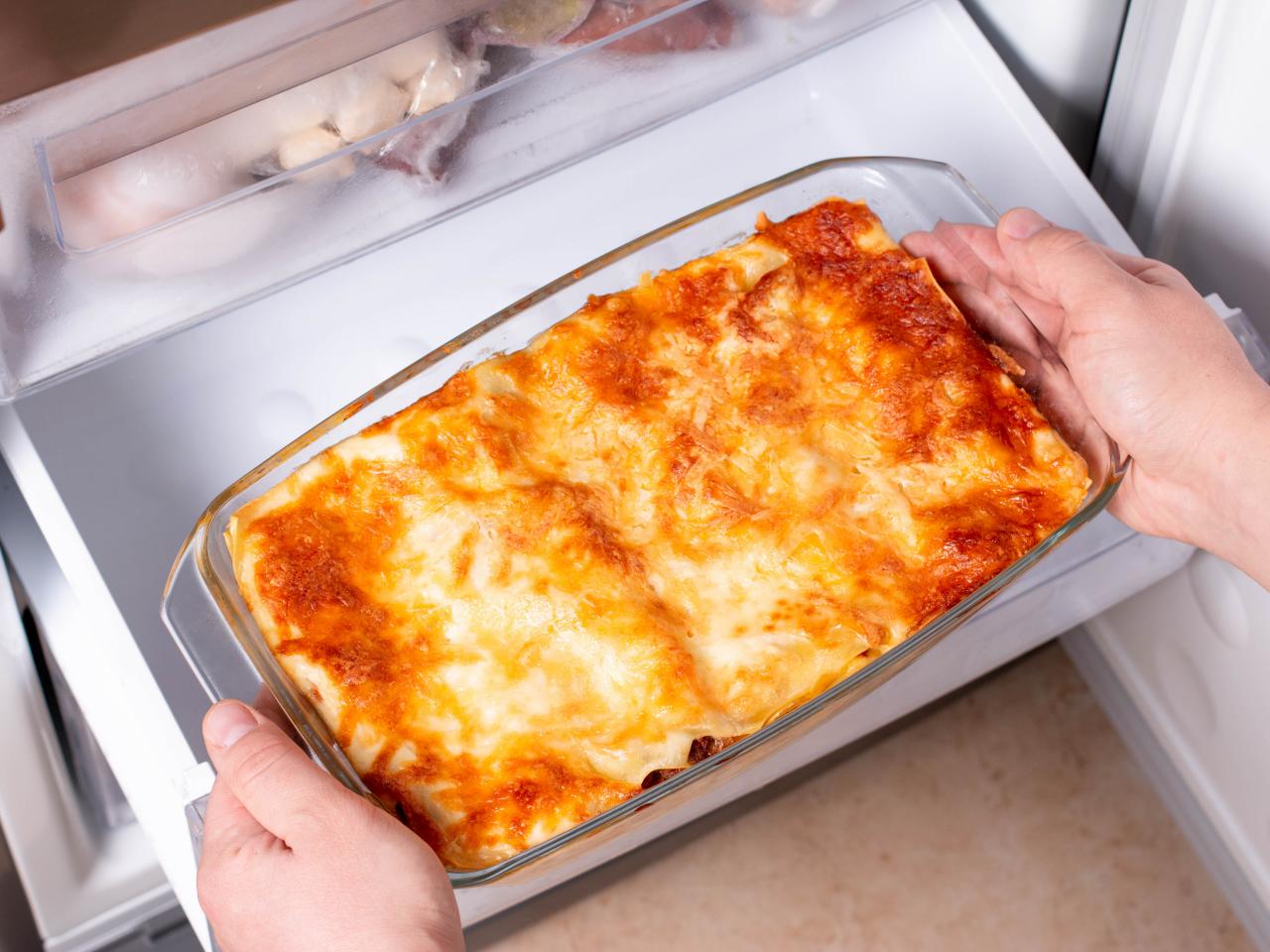
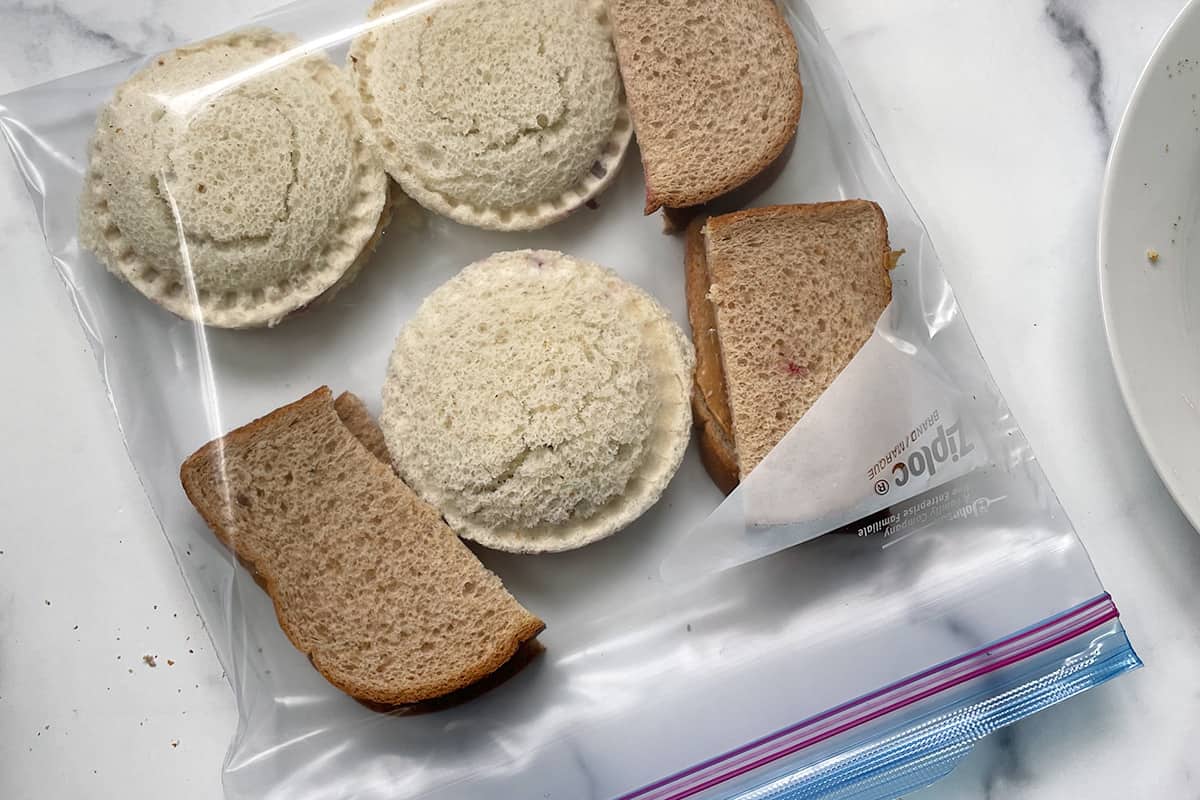



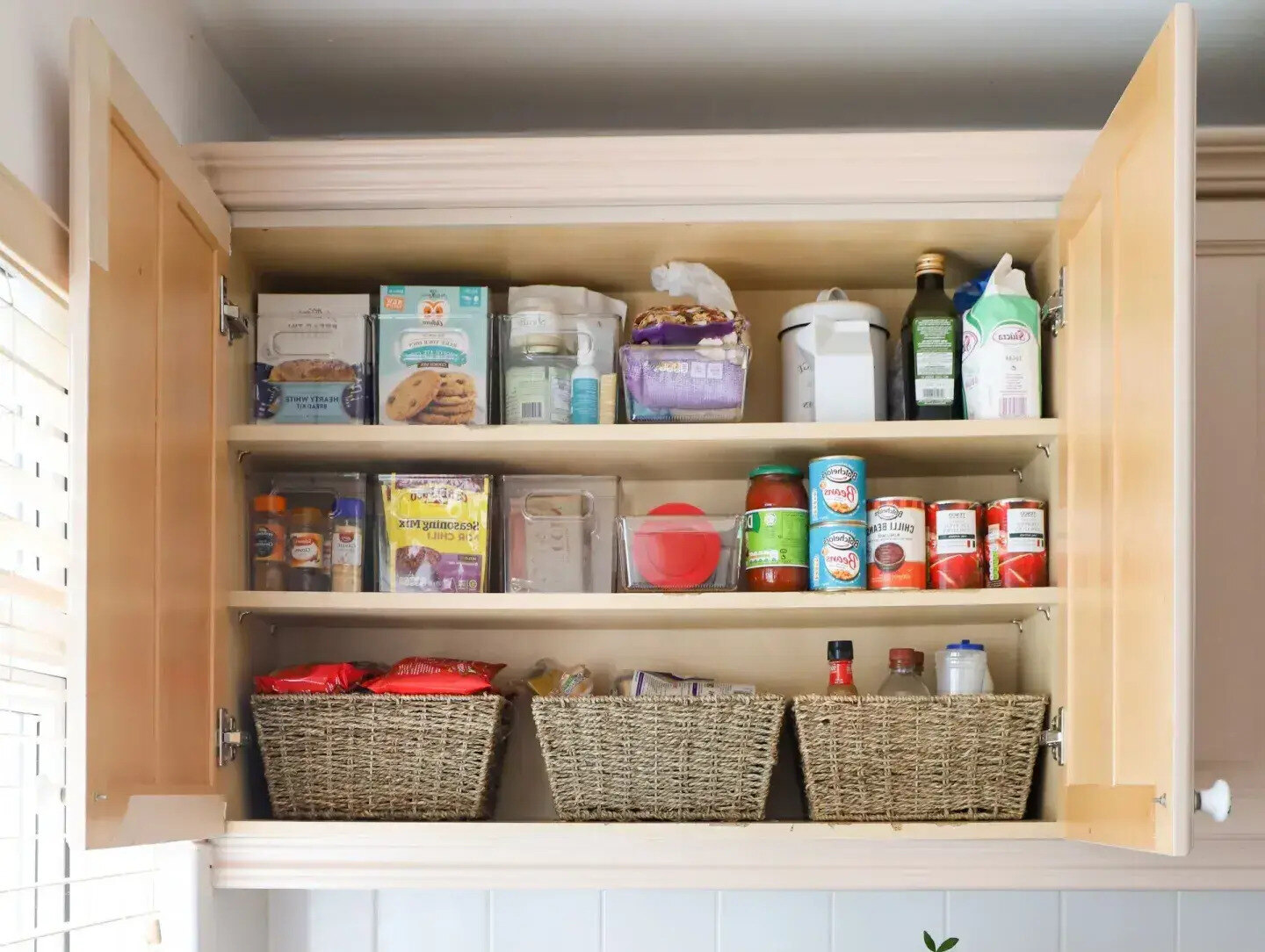
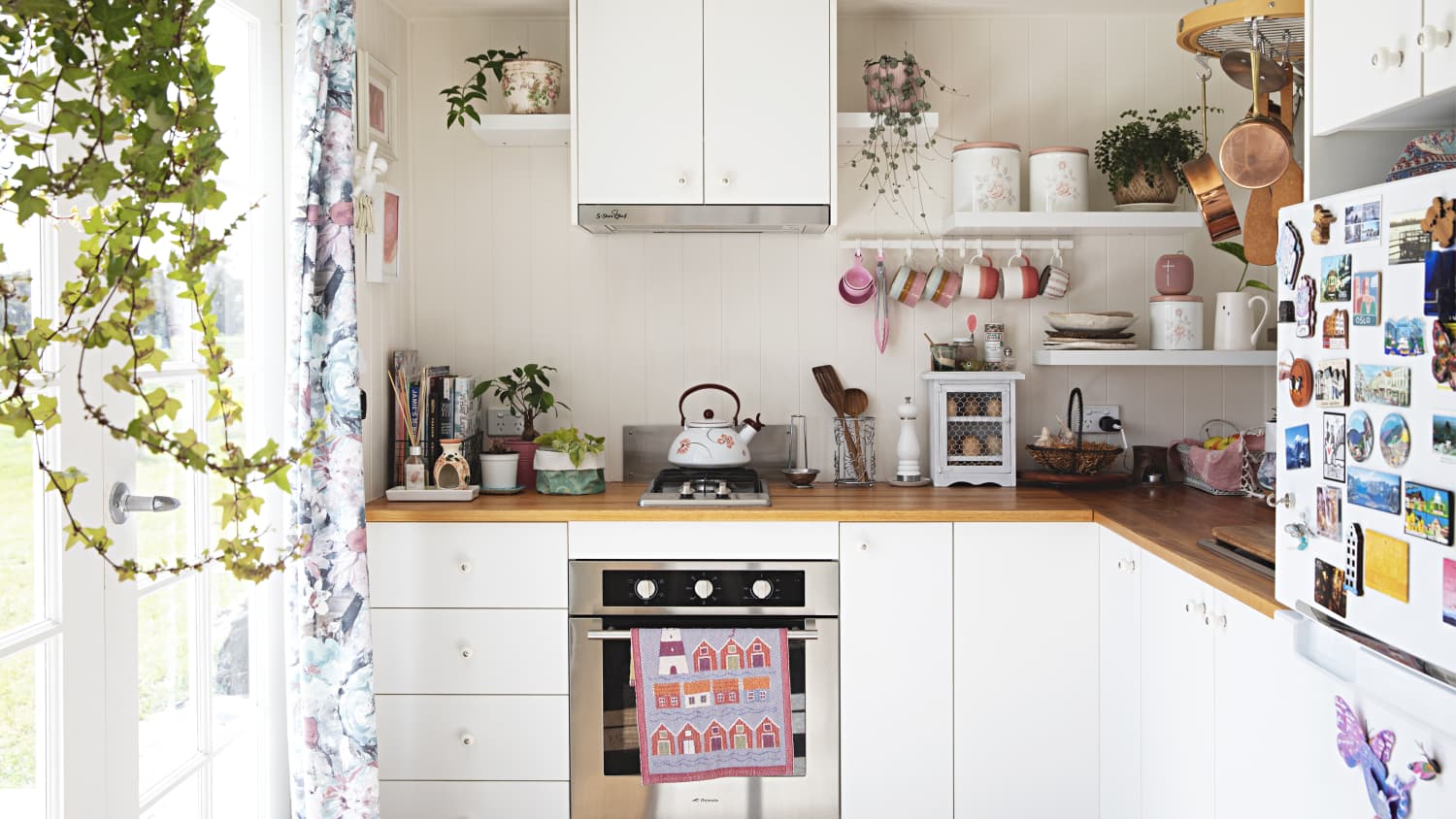
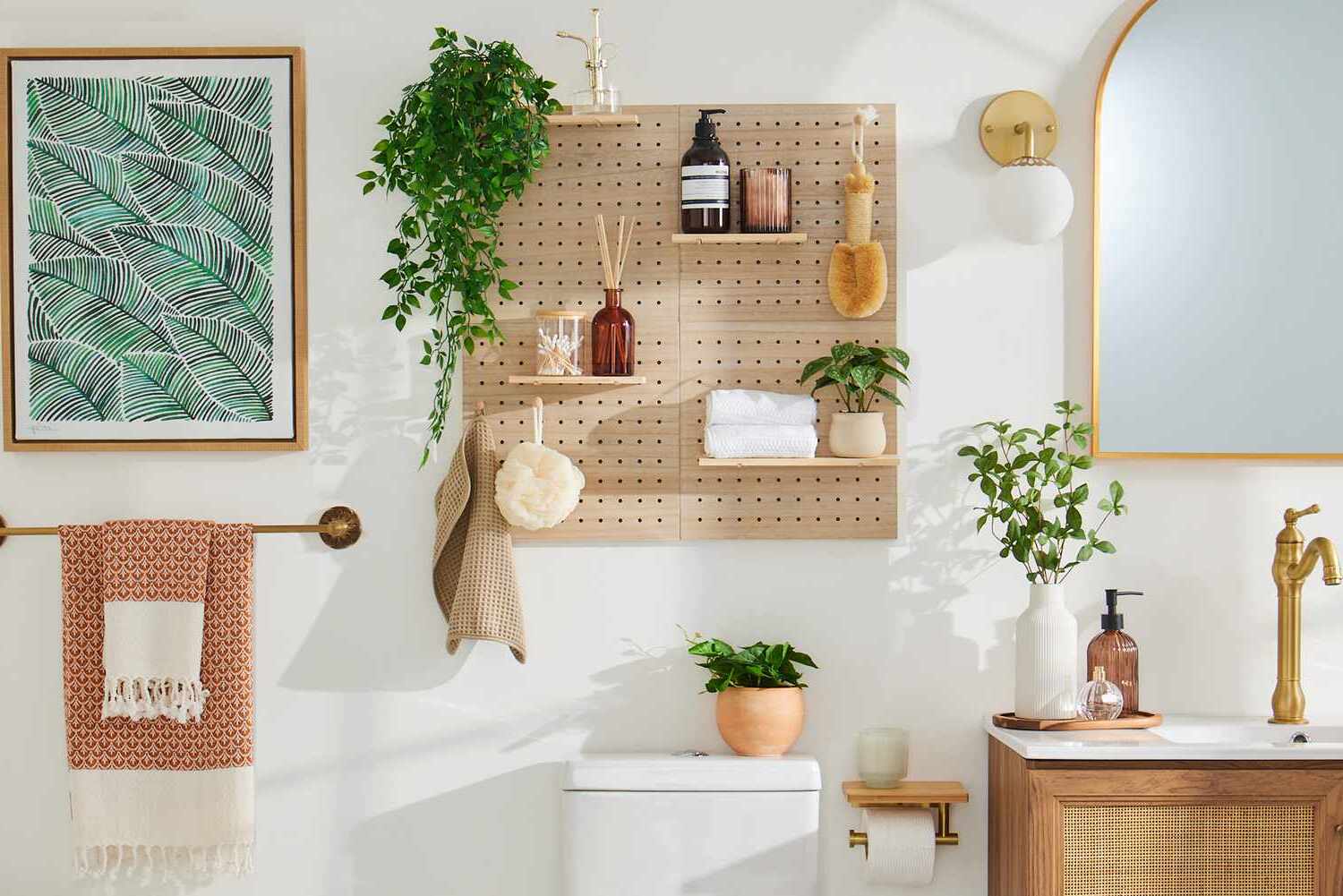


0 thoughts on “How To Organize A Small Fridge”